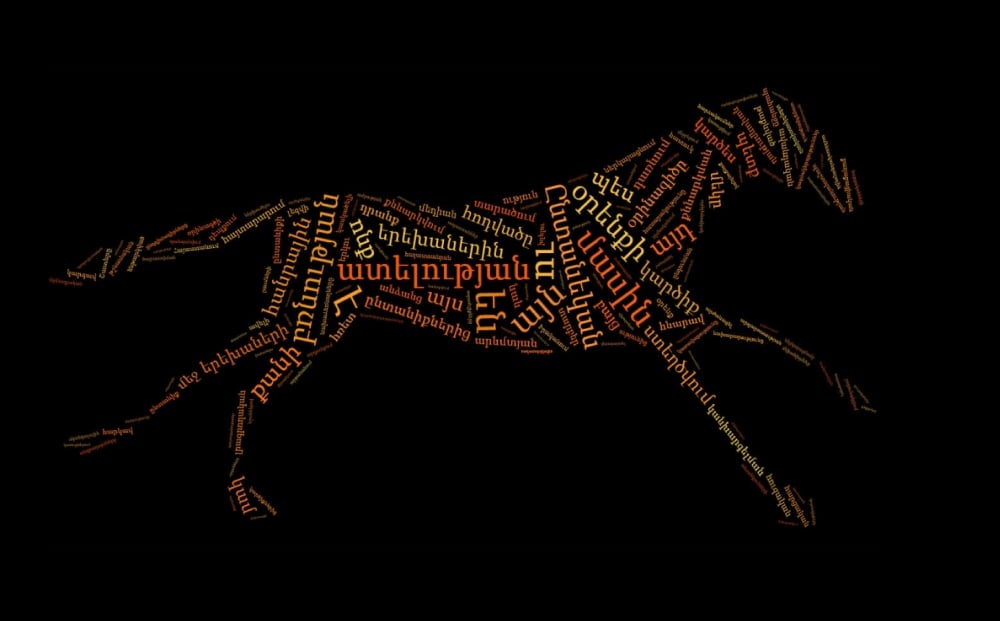The Republic of Armenia draft Law on Prevention of Domestic Violence and Protection of Victims of Domestic Violence, which Armenian society is widely discussing, gives the media the opportunity to write something new every day.
And the media is taking advantage of that opportunity, as long as both those who brought forth adoption of the law (the Armenian government; particularly the justice ministry) and the opposition (various individuals and organizations, who consider the bill destructive) say something fresh, new and emotional every day.
Unlike other draft laws, this one actually received public hearings, and various muddy theories, hidden fears, attacks, and searches for a conspiracy of “dark forces” have been thrown into public life.
One of the most scandalous opinions of the draft law is that it aims to remove children from their families, destroying and undermining the foundation of the traditional Armenian family.
The media stories seem to be carbon copies of each other. They are assembled mainly through presenting the two polar opinions and are full of question marks.
“Law Against Domestic Violence: A tool for prevention or that contains new threats?” asks Public Radio.
“Is the domestic violence prevention bill for or against the strength of the family?” The topic continues with practically the same questioning headline.
And so, it seems, the main demand in journalism (at least two opinions) is maintained, but created as a result is extreme emotional clamor, and terrifying expectations arise in that clamor.
The media, it seems, unconsciously becomes a channel for hate speech, since it offers as an opinion and often turns into a headline any scandalous remark or opinion. In this case, the idea is formed that methods to snatch children from families are being developed.
“An attempt to ‘invade’ the Armenian family or what is hidden behind the law on domestic violence?” This news story sinks further into conspiracy and questioning, speaking now about child trafficking.
The article “‘Legislative Violence’ or Regulatory Law?” cites one person’s opinion that the long-term goal of the law is the creation of children’s shelters and support centers. The draft law is identified with the words “mafia” and “stealing of children,” while the term “psychological violence” is considered suspicious. This amateur opinion is covered throughout the entire news story.
The reader is left with the lasting impression that this is an anti-human bill; moreover, that the bill is aimed not at the protection of children but against them.
Many are sure that children are going to be snatched from families, placed in special institutions, and then their organs will be sold. And so we need to hate those who put forth the bill before it’s too late.
The Armenian justice minister has said there is a need for the law as incidents of violence have increased and they need to be regulated by law. But the topic very quickly began to be speculated, containing within it particular formulations of hate speech.
Joining the discussion were organizations the existence of which the public was unaware of, but when it comes to discussing subjects that are rhetorical and that make space for manipulations they become dictating.
Many don’t take seriously individuals and groups that speak from populist “conservative” positions and who say we must keep Armenia’s children away from Western values and return them to the “traditional Armenian family.”
The rhetoric of hate and hostility implies that we talk about any group not with facts but from the moral point of view.
And in this case too, supporters of the law are considered “perverts,” “enemies of the nation,” “Western ‘grant-takers’” and “anti-national elements,” and then these identifying markers are circulated in the media, including also social media.
That which exists in real life always becomes more intense online.
The word “perversion” is an example of hate — also a characterization having the weight of profanity.
In reality, setting hate speech in motion revealed public issues.
And most importantly perhaps is which are people’s sources of information.
Whether we like it or not, widespread in Armenia are dubious Russian-language websites and of course Russian federal television, which show any Western experience as defective, dangerous, and a hostile step.
Russia spreads its propaganda in a very direct and “sloppy” manner. For example, Russian-language leaflets were distributed in Armenia as an information sheet. The authors made no efforts to translate them into Armenian; they simply distributed what was produced in Russia for Russia.
Or, published is a news story completely based on misinformation and with the following headline: “They want to take the child away from the family, or Armenia on the verge of civil war.”
The article explicitly uses a contemptuous/hostile vocabulary and is obviously manipulative.
Attempts to humiliate, to not understand, and to target must be resisted. Also, pathological articles and messages should be responded to.
Hate speech takes hold when the culture of dialogue breaks down. This is first of all discrimination against one of the speakers, since one of the sides is convinced that the other side doesn’t deserve equal treatment and a quality discussion.
In reality, the attempt to resist the rhetoric of hate helps the establishment of civil society. People have to orient themselves in these laws that are created, developed, discussed, reported on and interpreted. Especially when they’re interpreted.
Nune Hakhverdyan







